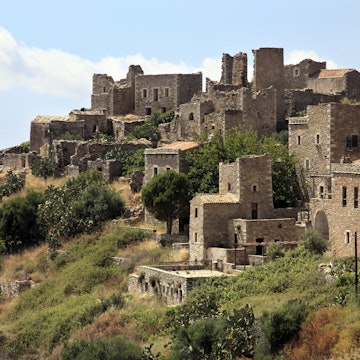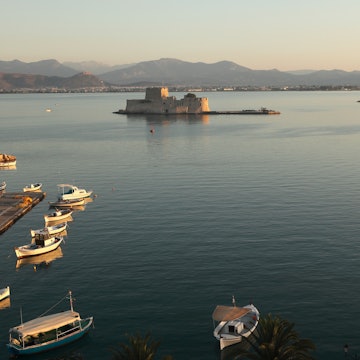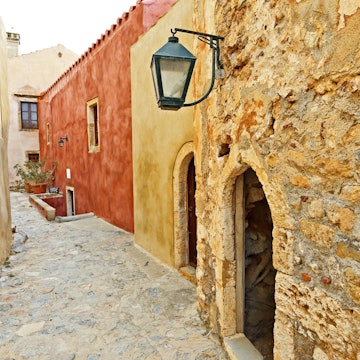
Overview
The Peloponnese is the stuff of legends. Literally. It is here that Hercules fought the Nemean lion and gods walked the earth, meddling in mortal affairs; it's from here that Paris of Troy eloped with Helen and the Argonauts set sail in search of the Golden Fleece. Celestial and mythological charms aside, this region bears tangible traces of the many civilisations that once called it home, witnessed in its classical temples, Mycenaean palaces, Byzantine cities, and Ottoman, Frankish and Venetian fortresses.
Meet your new travel partner
Stay connected in Peloponnese
Unlimited data while you travel with Holafly eSIM. Use code LONELYPLANET for an exclusive discount.
Must-see attractions
Planning Tools
Expert guidance to help you plan your trip
Best Things to Do
Greece in winter is a land of glorious walks, uncluttered ancient sites and bustling city life. Here are the top things to do.
Read full article
Get a book. Get inspired. Get exploring.
in partnership with getyourguide





















